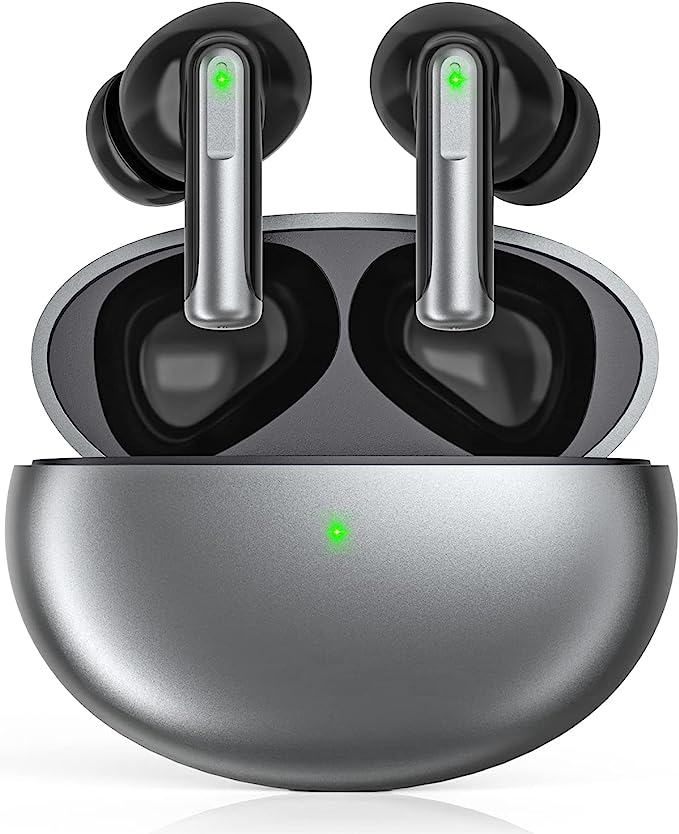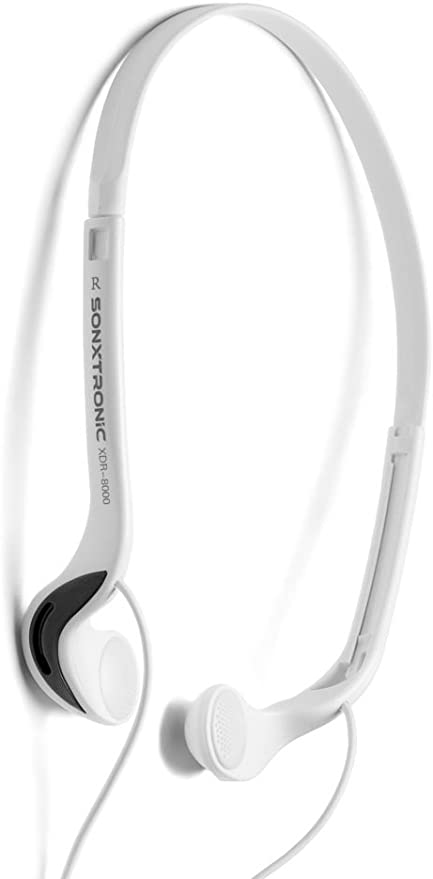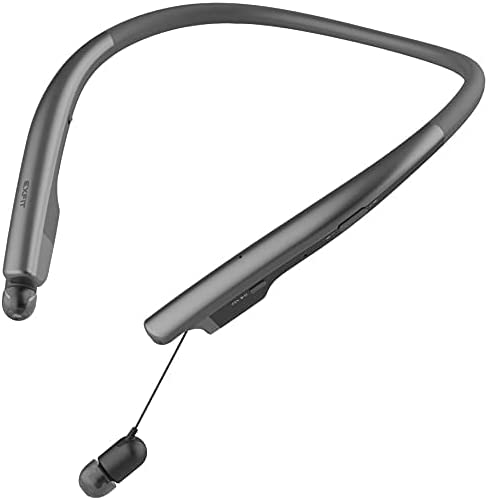The Sculpture That Listens: Deconstructing the Beosound Balance's Acoustic Intelligence
Update on Nov. 24, 2025, 12:43 p.m.
In the world of high-end audio, there has always been a visible tension between “The System” and “The Room.” Audiophiles historically sacrificed living space for acoustic purity, positioning monolithic towers far from walls to avoid standing waves. Interior designers, conversely, fought to hide these black boxes, often suffocating them inside cabinets.
The Bang & Olufsen Beosound Balance is not just a speaker; it is a peace treaty between these two warring factions. Designed in collaboration with Benjamin Hubert of Layer Design, it disguises a sophisticated acoustic computer as a totem of Scandinavian minimalism. But make no mistake: beneath the knitted fabric and solid oak lies an aggressive application of physics and algorithms designed to make the speaker disappear—acoustically, if not visually.

The Physics of Stillness: Newton’s Third Law in Action
The most striking feature of the Balance is its silhouette: a heavy, cylindrical base supporting a lighter, floating top. This isn’t just aesthetic; it’s functional engineering.
Deep bass requires moving large volumes of air, which typically causes a speaker cabinet to vibrate. These vibrations color the sound and, in extreme cases, can rattle the furniture it sits on. The Balance solves this with a Push-Push Woofer Configuration. Two 5.25-inch bass drivers are mounted back-to-back inside the cabinet. When they fire, they move in opposite directions. According to Newton’s Third Law, the equal and opposite forces cancel each other out physically, while the sound waves sum together acoustically.
The Result: The cabinet remains inert. You can place a glass of water on top of the Balance while it plays heavy bass, and the water will barely ripple. This “mechanical silence” allows the pure audio signal to emerge without the distortion of a vibrating enclosure.
Algorithmic Sound: Beamforming and Directivity
Traditional speakers blast sound forward. The Balance, however, treats sound like a spotlight. Equipped with seven drivers (including the woofers), it utilizes Beamforming Technology—a technique borrowed from advanced radar and sonar systems.
By manipulating the timing (phase) and intensity of the signal sent to each driver, the Balance can shape the sound field physically: * Focused Mode: The speaker uses destructive interference to cancel out sound radiating to the sides and rear, focusing a narrow “beam” of audio directly at the listener. This creates a precise, phantom stereo image from a single unit. * Omni Mode: The DSP (Digital Signal Processor) adjusts the drivers to radiate sound in a 360-degree pattern, filling the room uniformly for social gatherings.
This capability allows the Balance to act as a high-fidelity monitor for critical listening one moment, and a background ambient filler the next, all controlled via software.

The Speaker That Listens: Active Room Compensation
Placing a speaker against a wall usually results in “boomy” bass, as low frequencies reflect and reinforce each other (boundary gain). The Balance is designed to be placed anywhere—even on a shelf or against a wall—thanks to Active Room Compensation.
Upon setup, the Balance emits a sweeping tone. Its internal microphones listen to how the room reacts—detecting echoes, bass build-up from corners, and absorption from curtains. The internal computer then generates a custom EQ filter to counteract these environmental anomalies. * The Wall Problem: If placed against a wall, the speaker detects the bass reinforcement and automatically attenuates the low frequencies to maintain a neutral tonal balance. * The Open Space: If moved to a coffee table, it senses the lack of boundary reinforcement and boosts the bass output to compensate.
This feature ensures that the “B&O Signature Sound” remains consistent, regardless of where the interior designer decides the speaker looks best.
Future-Proofing: The Mozart Platform
Perhaps the most radical engineering choice isn’t acoustic, but structural. Electronic waste is a crisis, often driven by the obsolescence of streaming modules (the computer part) while the amplifier and speakers (the analog part) remain perfectly functional.
The Balance is built on B&O’s Mozart Platform. This modular design architecture separates the streaming brain from the acoustic body. The processing module is replaceable. In 5 or 10 years, if Wi-Fi standards change or new streaming protocols emerge, you won’t need to throw away the speaker. You can simply upgrade the module. This “Circular Design” philosophy transforms the Balance from a disposable gadget into a long-term investment, akin to a piece of quality furniture.

Conclusion: The Art of Invisible Tech
The Bang & Olufsen Beosound Balance is a masterclass in “Calm Technology.” It possesses all the complexity of a modern computer—beamforming algorithms, room-sensing DSP, modular hardware—yet it presents itself as a simple object of wood and aluminum. It doesn’t demand your attention with flashing lights or exposed tech; it simply waits, sensing your proximity to light up its touch controls, and then fills your space with sound that defies its physical footprint. It is the ultimate expression of technology serving design, rather than dominating it.






































